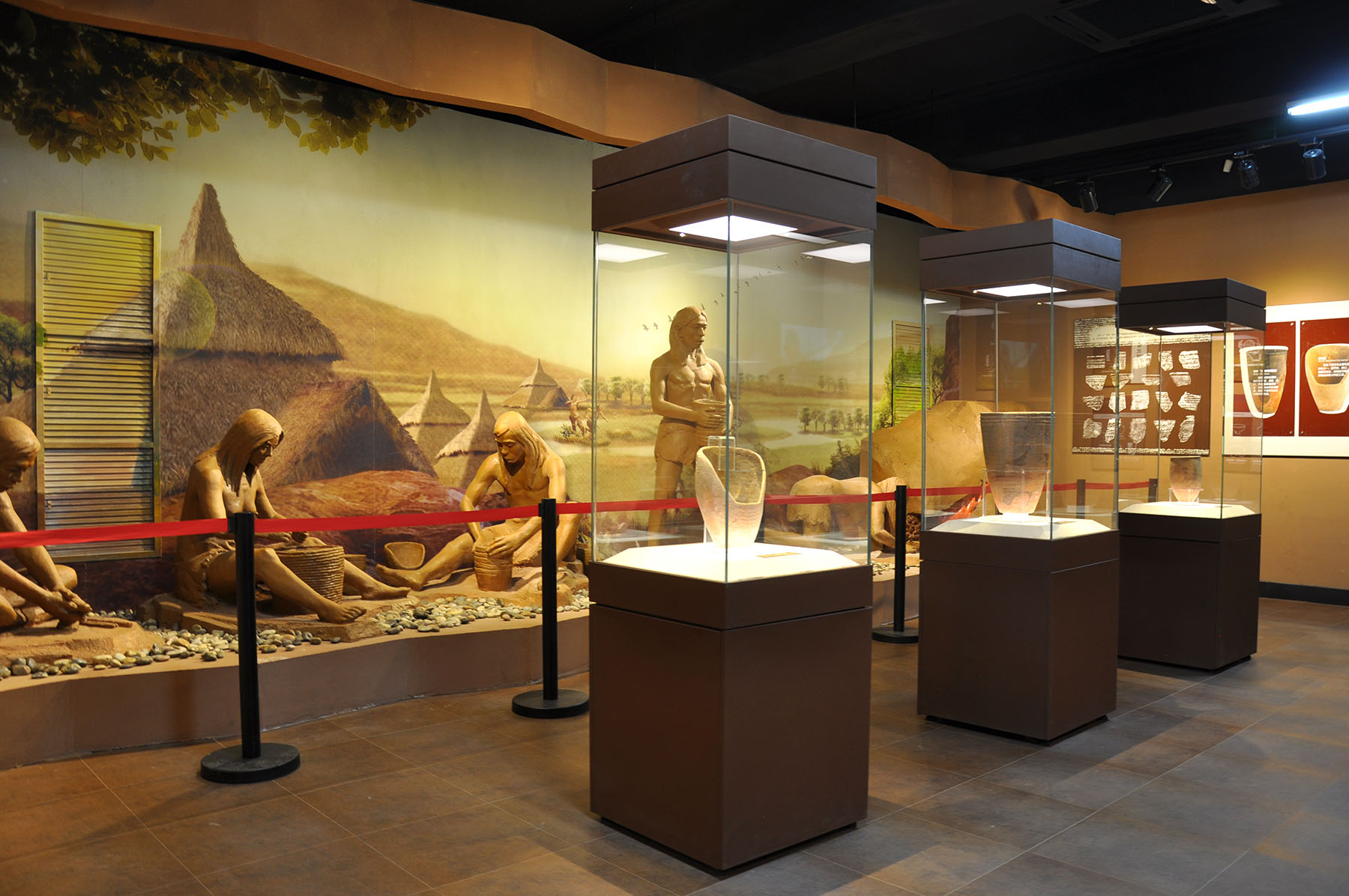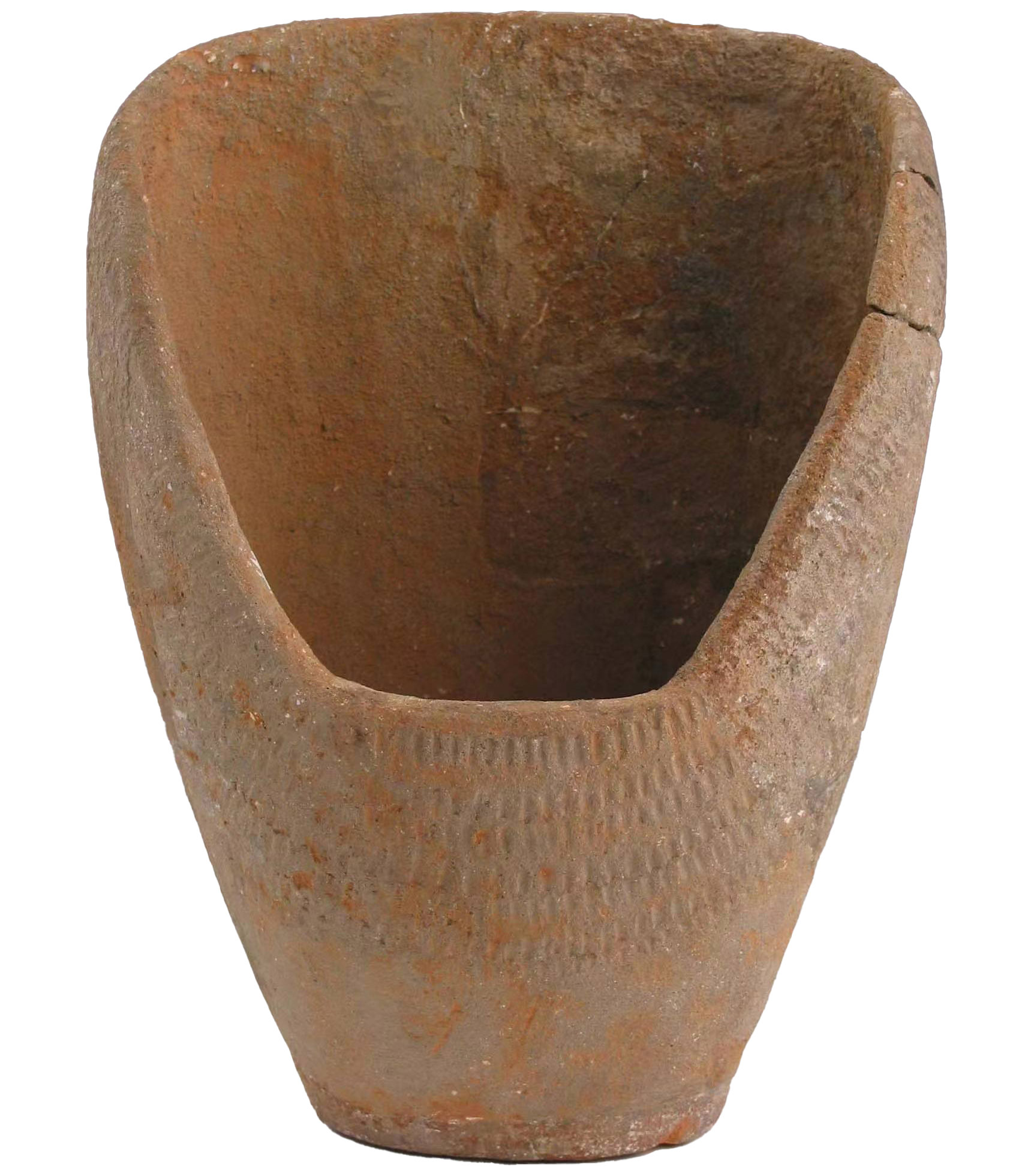
From pits and broken artifacts, heritage professionals are attempting to piece together the life of people living about 7,000 years ago in what is now Shenyang in Liaoning province.
Covering an area of 178,000 square meters, the Xinle Site is a Neolithic settlement dating back over 7,000 years. More than 3,000 artifacts and 40 house foundations have been found at the site during the course of six archaeological digs.
The Xinle Site Museum, founded in the mid-1980s, will be upgraded into an archaeological ruins park to continue to demonstrate the significance of the site, according to Zeng Yang, director of the museum.
"About 7,000 years ago, the Xinle people lived on a platform situated to the north of the ancient Hunhe River," Zeng says. "They engaged in various activities, such as digging holes, building thatched cottages, crafting stone tools and creating pottery vessels, and devoted themselves to the development of the area and to creating splendid Xinle Culture with their wisdom and labor."
READ MORE: Secrets emerge in Northwest China from the mists of time
According to Zeng, most of China's archaeological site museums focus on sites within a time span of 5,000 years and often have intact artifacts, complete moats and well-preserved city layouts. Few are as old as Xinle, which contains a plethora of mysteries waiting to be solved.
The site has also turned up its own wonders, among them a carbonized wooden pole with a bird's head carving and exquisite double-faced carvings on the body from 7 millennia ago.
"This is one of the earliest carved wooden artifacts ever found in China," Zeng says. "Wooden artifacts are hard to preserve, and it has survived because it was carbonized in a fire. It's really amazing that ancient people were able to make the same exquisite carvings on both sides of the sculpture without the use of modern tools."

Unfortunately, the artifact broke into three parts when it was unearthed, but it remains a precious object, and has been inferred to be the scepter of a tribal leader.
Another important discovery was artifacts in the shape of balls, earrings and bubbles, which were made of jet, a type of a compact velvet-black coal that takes a good polish and is often used for jewelry. Scientific analysis shows that it came from coalfields in the west of Fushun, Liaoning, which is known as the "capital of coal" due to its long history of mining.
Since the site used to be by the ancient Hunhe River, and Fushun is located on the upper reaches of the river, archaeologists estimate that the jet possibly traveled from what is now Fushun to Xinle along the river, or came to Xinle through the exchange of goods.
Tourists to the museum can visit the sites where artifacts were unearthed, and re-creations of clan meetings, the killing of prey and the making of stone tools.
ALSO READ: A bountiful crescendo
Duan Chengjiao, head of the museum's tour guide team, highlights Xinle pottery vessels. "From many of the vessels on exhibit, visitors can see that people from 7,000 years ago already possessed skillful craftsmanship," Duan says.
Recently, the museum has been building new storehouses to protect artifacts and cabinets to display them. Temperature and humidity in the new storehouses and cabinets can be adjusted for better protection.
Educational activities have been organized to promote public understanding of the site. These include summer camps for children, during which they can visit the museum, try on re-creations of ancient clothing, observe insects and the night sky, and sleep in tents, while they learn about history and nature.
In the future, the Xinle archaeological park will expand to include exhibition venues, an educational center, and interactive spaces where visitors can experience archaeological excavations for themselves. These areas will showcase the daily lives of the Xinle people, highlighting daily activities such as fishing, hunting, and gathering fruit.
"The park will offer a wider range of functional areas to cater to diverse interests, providing opportunities for both learning and leisure," Zeng says.


